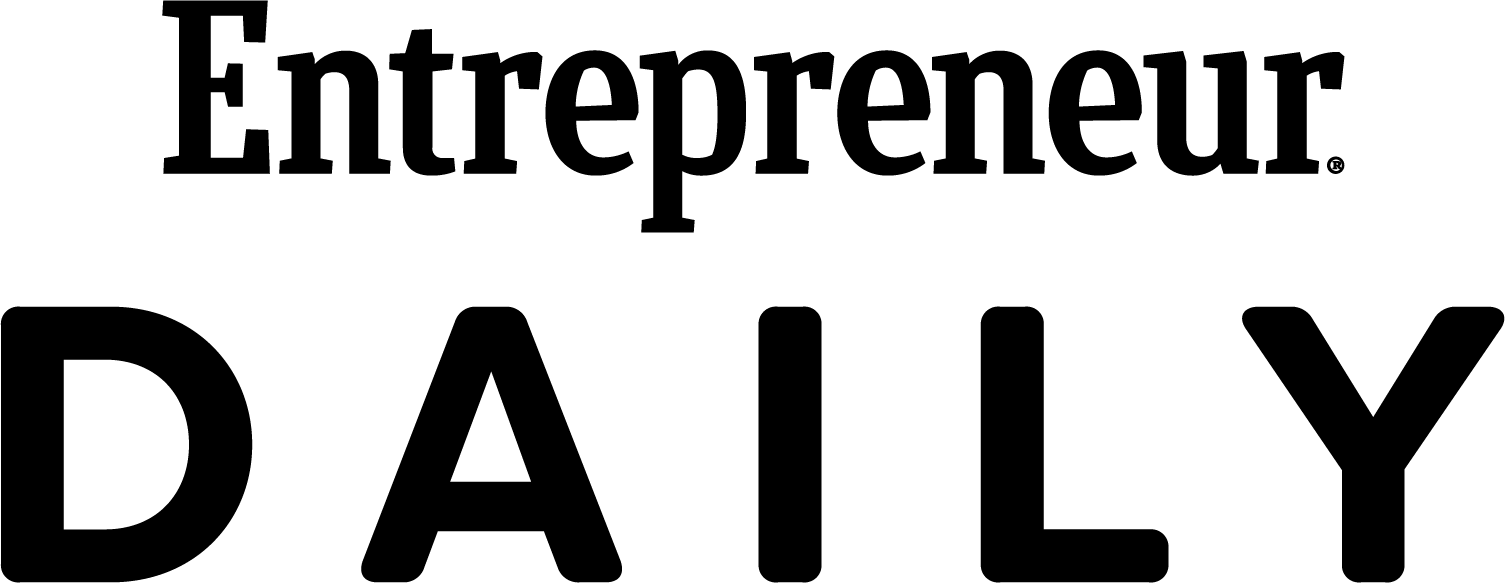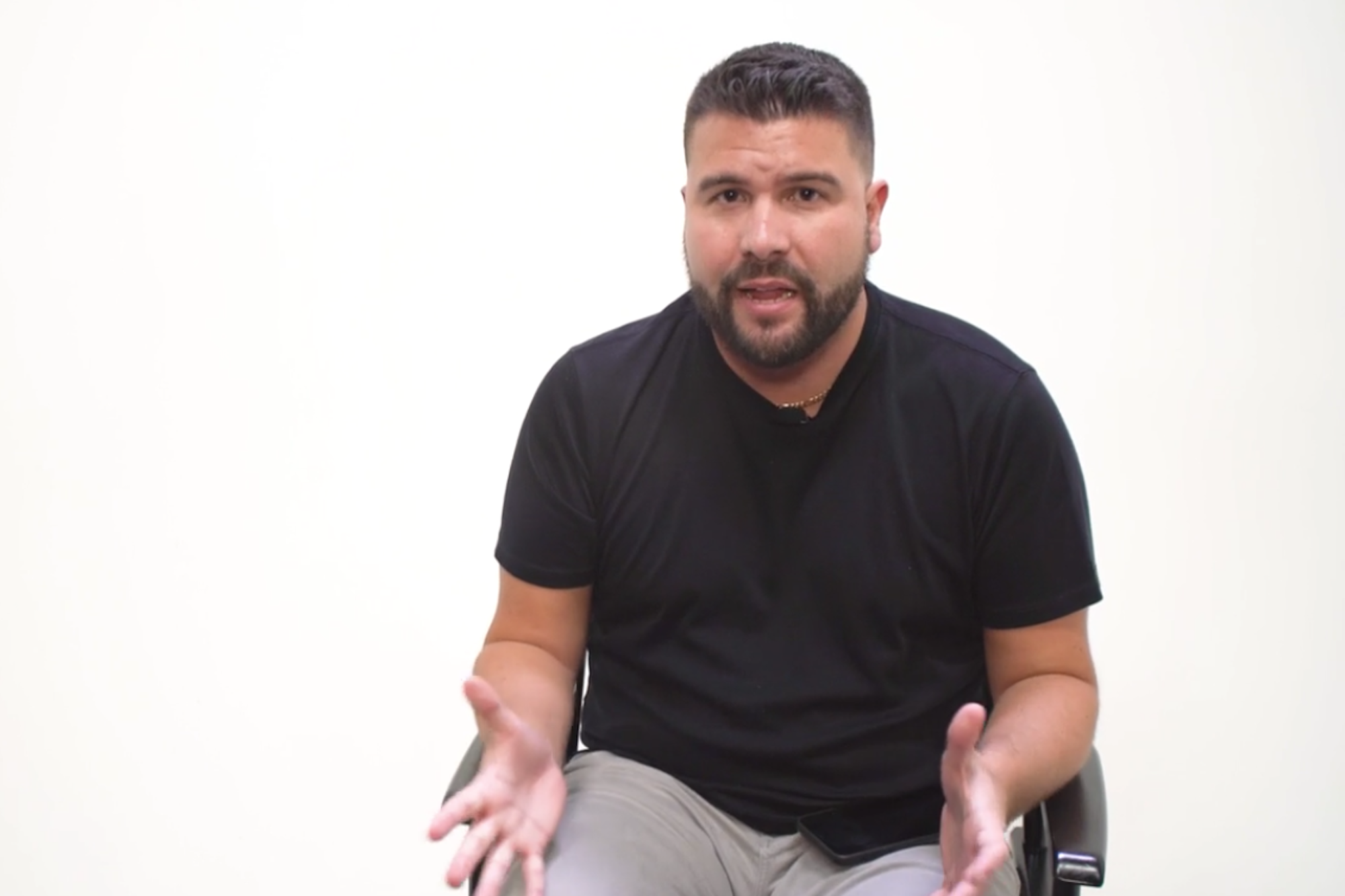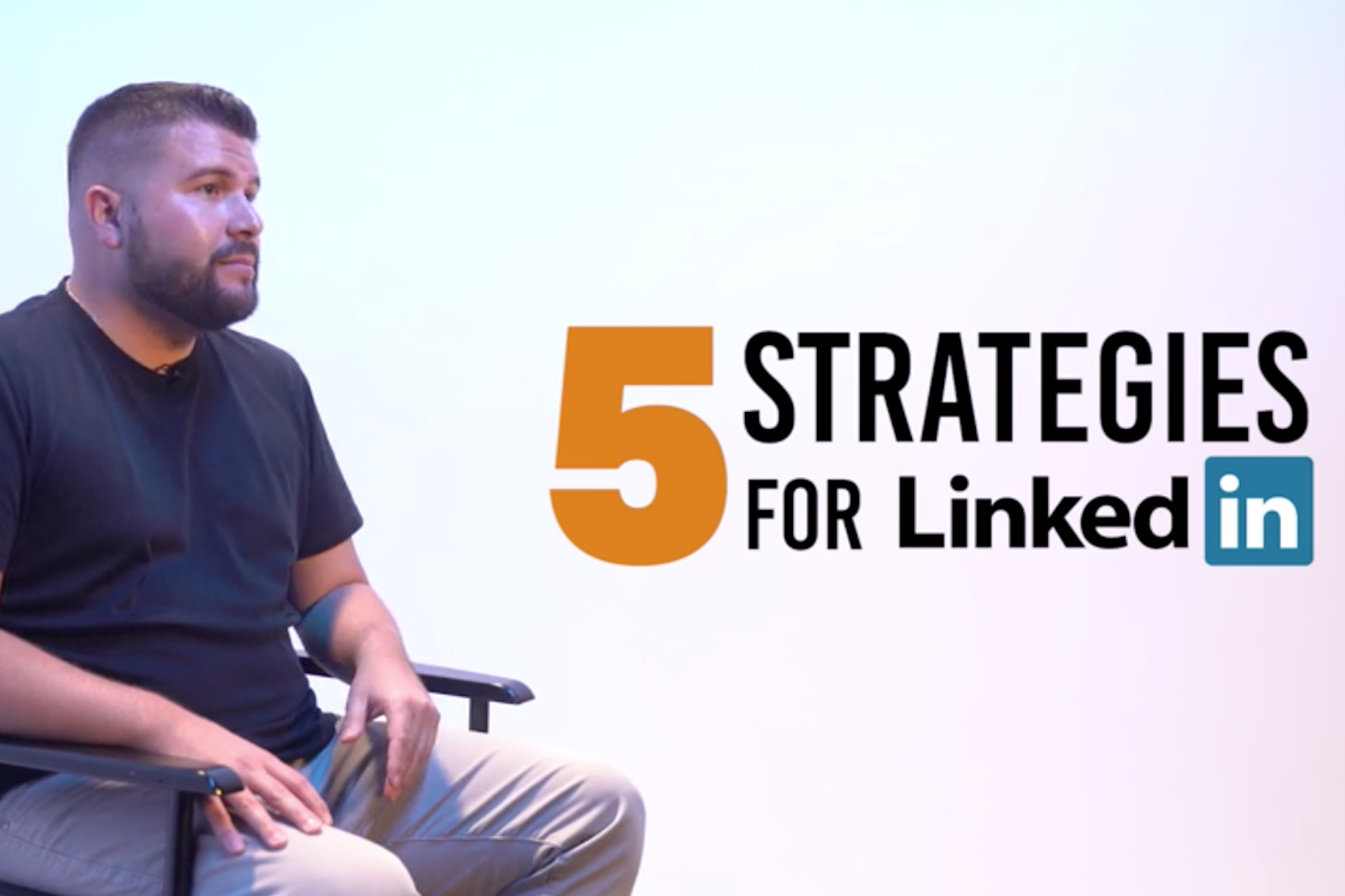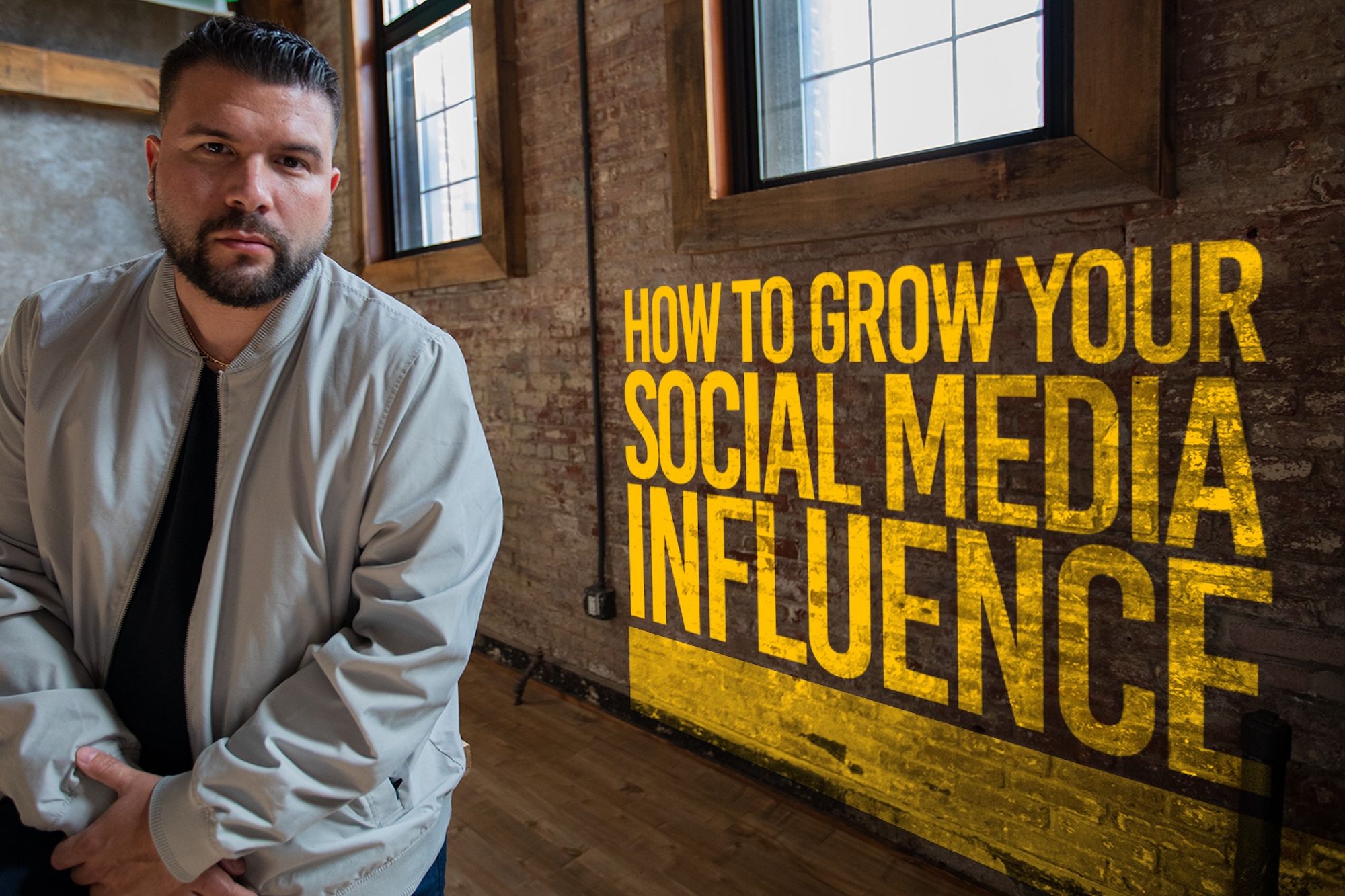How to Grow Your Brand and Monetize as an Influencer Being an influencer -- and actually making money -- isn't just about taking a pretty photo.
By Carlos Gil •

Opinions expressed by Entrepreneur contributors are their own.
Take a look at the work of Logan and Jake Paul, Casey Neistat, Jenna Marbles or even Tai Lopez, and it's easy to see why today's youth wants to be internet famous, perceived as being rich and be labeled an "influencer."
A search on LinkedIn -- the world's largest professional social network -- for "social media influencer" reveals approximately 419,306 user profiles that contain the term in their job title.
For brands, however, influencer marketing has become big business to the tune of an estimated $5 billion to $10 billion business within the next five years according to one firm whose study revealed advertisers would spend over $1.6 billion alone on Instagram in 2018.
On the latest episode of Real Talk, I had an opportunity to sit down with Greg Galant, who founded "The Shorty Awards," which is the internet creator's version of the Oscars or Emmys. Real stars like DJ Khaled and internet celebs like PewDiePie and Backpack Kid have won a Shorty Award for their contributions online.
According to Galant, based on his deep connection to many influencers through the Shorty Awards, being an online creator is a legitimate business but cautions it's not all private jets and celebrity perks either -- it's work.
In the same interview at Nasdaq's MarketSite, Gerard Adams (host of Leaders Create Leaders) who once sold his company Elite Daily for $50 million, discusses what goes into content creation, which he referred to as "an expensive hobby." Due to the high cost of hiring production resources such as videographers, editors and covering travel costs to document vlogs which may or may not produce a profitable outcome, creators should be honest with themselves if they're out for profit or purpose.
In the hour-long interview, Adams and Galant share their insights for entrepreneurs who are looking to build their brand through content and advice for those who want to monetize.
Below are five essential tips and insights from the interview:
1. It's a full-time job.
As the Shorty Awards founder pointed out, to be taken seriously as an influencer, you must think of it as a full-time job or business with real KPIs. Having talent and creativity alone isn't going to cut it for most brands that are making investments to advertise through your channel or account versus running a print or TV ad. YouTube creators like Roberto Blake make a full-time living by promoting products on their channels mixed in with teaching (for free) however they also have production schedules, deadlines and can show ROI.
2. Be passionate and consistent.
In his segment, Adams emphasized having a purpose. Many online creators fail because they aren't making a human connection with their audience. Through his series Leaders Create Leaders, Adams spotlights successful entrepreneurs who teach how they've grown their businesses, which aligns with Adams's overall purpose -- to serve. In the beginning, a new series or content creator isn't going to get thousands of views, however, being consistent with your content including maintaining an active social media presence will help grow your community over a period.
3. The community is king.
You often hear from marketers that "content is king," however the truth is that without having a loyal following of users your content will never get the critical mass that, for example, Jake and Logan Paul have. For every Instagram post that you put out, look at who's liking your content and personally thank your tribe. Even if it's a small number, your followers will start multiplying organically by word of mouth if you acknowledge and develop a relationship with your fans.
4. Always be creating.
Documenting your personal or professional journey through YouTube and storytelling via Instagram or Snapchat, similar to how Gary Vaynerchuk has his DailyVee, has become a competitive advantage for many creators. Besides consistency, the key to content creation is to either be entertaining, educational or engaging. Every person and brand can fit into at least one of those three areas.
5. Pitch to brands.
It goes down in the DM. The easiest way to get the attention of brand marketers is to send them a direct message on Instagram or Twitter. Think about it: The person who is seeing your message works either for the internal social media team or the agency of record for the brand you're making a pitch to. You don't need a resume or fancy portfolio; your content on your page is just that.
Watch more videos from Carlos Gil on his YouTube channel here. Follow Carlos Gil on Instagram @CarlosGil83.
Related: 2 Risk-Taking Marketers Discuss Where the Industry Is Headed
















